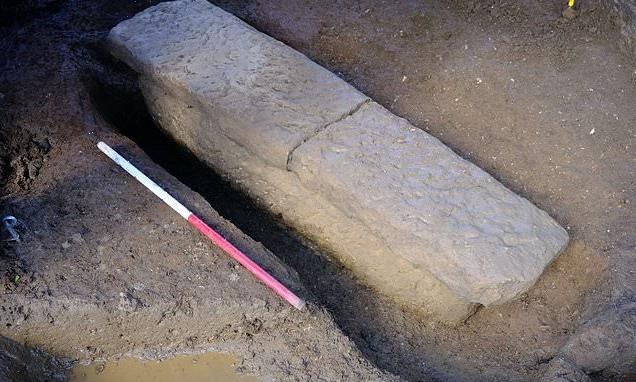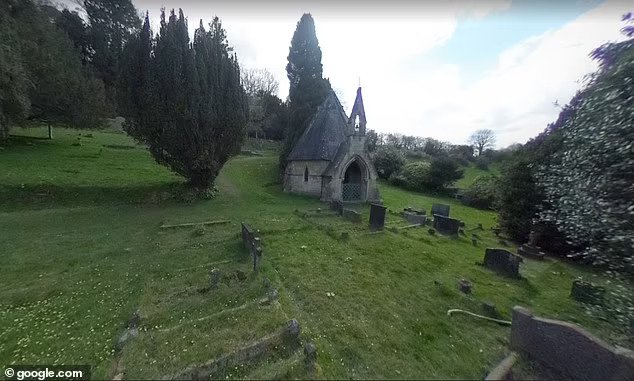Roman sarcophagus discovered in Bath contained two skeletons, with one laid at the other’s feet
In the British city of Bath, two separate skeletons were discovered inside a Roman-era tomb. A well-preserved body was discovered face-down with the partial remains of another person positioned at its feet.
Beads and pottery that may have contained food were also discovered at the site, suggesting they were some kind of offering.
The limestone casket, along with stone walls and evidence of a cremation burial, were uncovered at Bathwick Roman Cemetery in southwest Bath’s Sydney Gardens, the last remaining Georgian pleasure gardens in the UK.
The casket, found in a grave about six feet long, 23 inches wide and 19 inches deep, was north-facing, suggesting it was a pagan burial.
The cremation burial is the only recorded one of its kind in the Bathwick Cemetery, according to the BBC.

‘Having a human skeleton directly associated with a coffin is a rarity and to have this one associated with what was probably votive offering and a nearby human cremation, allows a very rare glimpse into funerary practices in the region almost two millennia ago,’ archaeologist Kelly Madigan, who worked on the excavation, said in a statement.
Calling the discovery ‘a real career highlight,’ Madigan said that testing of the bones could offer new information, ‘where we can delve deeper into just who the people we found in the coffin were, where they were from and their health and welfare.’

Historic England advisor Sylvia Warman called the discovery ‘a first for Bathwick and a really significant find for Roman Bath and the World Heritage Site.’
The baths remain a major tourist attraction and receive over a million visitors a year.
While habitation goes back to the Neolithic era, the city proper was founded in 43AD, when the Romans turned a patch of marshland into the ancient world’s equivalent of a luxury spa, taking advantage of the millions of gallons of warm water bubbling up from natural hot springs.
They named it Aquae Sulis, after the Celtic goddess Sulis, associated with the Roman deity Minerva.

A temple dedicated to Minerva was erected in 70 AD, and the bathhouse was expanded and improved over the next 300 years.
By the 5th century, with the fall of the Roman empire, the baths fell into disrepair and were eventually abandoned.
In 2007, archaeologists found a massive hoard of 30,000 Roman coins less than 500 feet from the baths, the BBC reported. The collection, one of the largest ever found in the country, dates to about 270 AD.





